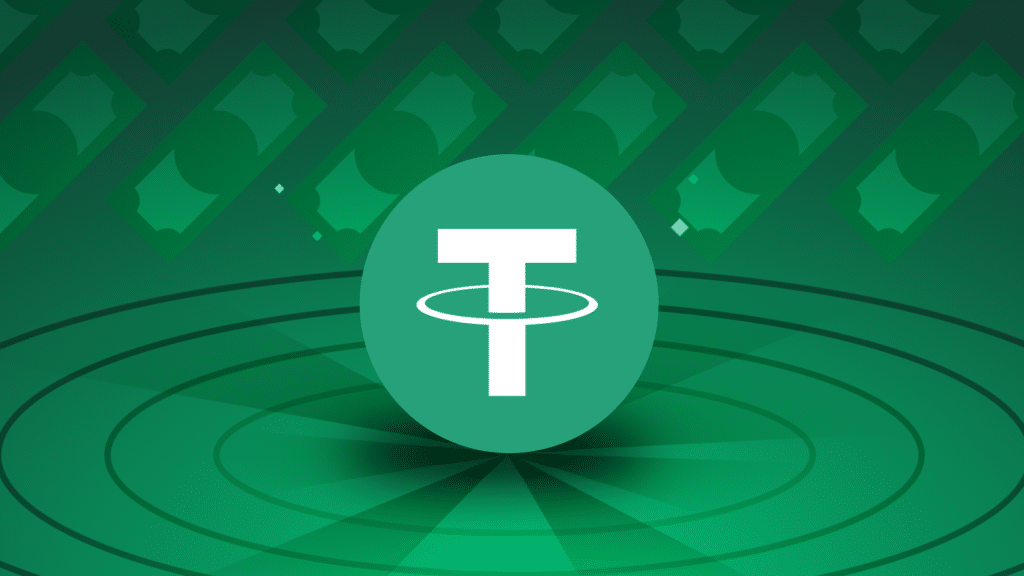Philippines Embraces USDT for Social Security Payments
The Philippines has taken a significant step forward in the realm of digital finance by adopting the USDT stablecoin as a payment option for the nation’s Social Security System (SSS). This innovative move was announced by Tether on Monday, marking a new era in government service payments.

Streamlining Payments with Blockchain Technology
The adoption of USDT was made possible through a partnership with Uquid, a company that specializes in Web3 shopping and services. By utilizing the TON blockchain, this collaboration aims to enhance the efficiency of social security payments for millions of Filipinos. This technology ensures faster, more secure transactions, benefiting both the government and the recipients.
USDT, or Tether, is a stablecoin that is pegged to the US dollar, providing a stable and efficient transaction method. This stability is crucial for social security payments, which require reliability and consistency. By incorporating USDT, the Philippines is ensuring that its citizens receive their payments promptly and securely, without the volatility often associated with other cryptocurrencies.
A Step Towards Digital Financial Inclusion
This move is part of a broader trend where governments and institutions are recognizing the benefits of digital currencies. The Philippines’ decision to accept USDT for social security payments not only streamlines the payment process but also sets a precedent for other countries to follow. It reflects a growing trust in digital currencies as viable alternatives to traditional payment methods.
Looking Ahead
The integration of USDT into the Philippines’ social security payment system is a clear indicator of the country’s commitment to embracing digital innovation. It highlights the potential for cryptocurrencies to improve efficiency in government services and could pave the way for further adoption in other sectors.
As the world continues to evolve digitally, the Philippines’ proactive approach to integrating stablecoins into its financial system may serve as a model for other nations looking to enhance their payment infrastructures.



